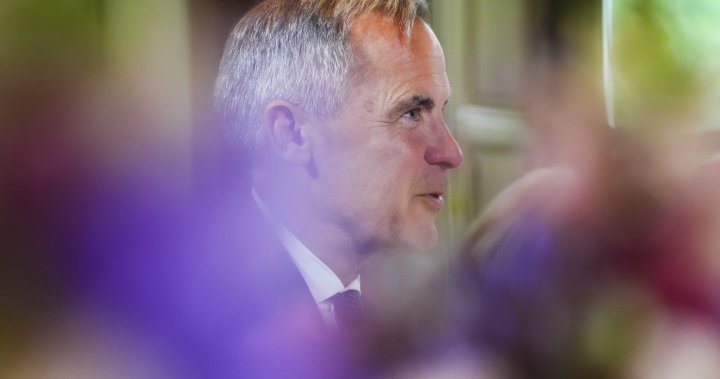The sudden détente between Iran and Israel has caught veteran diplomats by surprise, marking what could be the most significant de-escalation in Middle East tensions since the Abraham Accords. After exchanging fire directly for the first time in April—with Iran launching nearly 300 missiles at Israel and Israel conducting limited strikes on military installations near Isfahan—both nations have pulled back from the brink in what appears to be a calculated mutual standing-down.
“We’re witnessing something unprecedented in the regional dynamic,” says Yossi Mekelberg, associate fellow at Chatham House. “Both sides delivered what they needed domestically—Iran demonstrated its capability to strike Israel directly, while Israel showed it could penetrate Iranian airspace. Now they’ve each declared victory and stepped away.”
The emerging ceasefire, brokered through quiet Omani and Qatari mediation, establishes no formal agreement but relies on tacit understanding. Israeli Foreign Minister Israel Katz signaled the shift during closed-door meetings with European counterparts in Brussels last week, acknowledging that “strategic patience serves Israel’s interests more than continued escalation.” Meanwhile, Iranian Supreme Leader Ayatollah Khamenei has notably refrained from calling for further strikes against Israel in his recent addresses.
What makes this development particularly significant is how it connects to broader regional dynamics. At the heart of the Iran-Israel conflict lies the question of Gaza. The April exchange occurred after Israel’s strike on Iran’s consular facilities in Damascus, which itself came amid mounting tensions over the Gaza conflict. Now, this pullback coincides with renewed momentum in Gaza ceasefire talks.
I observed a similar pattern while covering negotiations in Doha last month. Diplomatic sources involved in the Gaza talks, speaking on condition of anonymity, confirmed that Iranian de-escalation had directly influenced Hamas’s negotiating stance. “There’s been a subtle but unmistakable shift in messaging from Tehran to its proxies,” one Western diplomat involved in the process told me. “They’re signaling that perpetual conflict isn’t the strategic priority right now.”
Economic realities underpin these diplomatic shifts. Iran’s economy, already crippled by sanctions, faces deepening troubles with inflation hovering around 40% according to the International Monetary Fund. A wider regional war would devastate Iran’s limited trade channels at a moment when President Raisi’s administration faces growing domestic discontent.
For Israel, economic calculations also loom large. The Bank of Israel estimates that prolonged conflict on multiple fronts would cost the Israeli economy approximately 2% of GDP annually—a substantial burden when combined with the already-mounting costs of the Gaza operation, which has exceeded $17 billion according to Finance Ministry figures.
U.S. National Security Advisor Jake Sullivan acknowledged the shift during his recent Middle East tour but cautioned against overinterpretation. “We see promising signs of restraint but remain vigilant about the fundamental disagreements that haven’t disappeared,” Sullivan stated during his Cairo press conference. American officials view the de-escalation as temporary rather than transformative, pointing to continued Iranian nuclear enrichment and Israel’s fundamental security concerns.
The European Union’s foreign policy chief Josep Borrell has offered a more optimistic assessment, suggesting the Iran-Israel pause could represent “the beginning of a new regional understanding.” During discussions in Amman last week, Borrell proposed that European nations could offer economic incentives to cement the de-escalation, potentially including limited sanctions relief for Iran tied to specific behavior changes.
Regional populations, exhausted by perpetual conflict rhetoric, have responded positively. In Tehran, where I visited shortly before the April exchange, ordinary Iranians expressed fear of war but also fatigue with revolutionary slogans amid economic hardship. “We don’t want missiles and warfare—we want normal lives and connection to the world,” Parisa, a 34-year-old teacher in Tehran’s affluent northern district, told me then.
Similarly, recent polling by the Israel Democracy Institute shows 63% of Israelis now favor diplomatic solutions over military escalation with Iran—a significant shift from the 47% who held this view in January.
The ceasefire has also created space for humanitarian progress in Gaza. Following the de-escalation, Israel has permitted an additional 200 aid trucks daily through the Kerem Shalom crossing, while Hamas has shown new flexibility regarding hostage release terms. The United Nations Office for the Coordination of Humanitarian Affairs reports that aid deliveries have increased by approximately 30% in the past three weeks.
Yet significant dangers remain. The IAEA reports that Iran continues uranium enrichment at 60% purity—dangerously close to weapons-grade. Israel maintains its right to prevent Iran from acquiring nuclear weapons capability by any means necessary. And fundamentally different visions for regional order continue to separate the two powers.
Moreover, the loose network of Iran-backed militias across Syria, Lebanon, Iraq and Yemen introduces unpredictability. While Iran may signal restraint, these groups maintain some operational independence and competing interests. Just yesterday, a rocket attack from southern Lebanon into northern Israel—claimed by Hezbollah’s Jamaa Islamiya faction—demonstrated the fragility of regional calm.
What’s emerging isn’t peace but rather a managed conflict—a step back from the precipice that creates space for diplomatic initiatives in Gaza and potentially beyond. As a veteran Gulf diplomat who requested anonymity put it: “Neither side wants war right now, but neither is ready for peace either. We’re witnessing a mutual acknowledgment that the timing isn’t right for escalation.”
For a region long accustomed to zero-sum calculations, even this limited pragmatism represents progress. The question remains whether it can be transformed into something more durable or whether it merely provides breathing space before the next round of confrontation.






